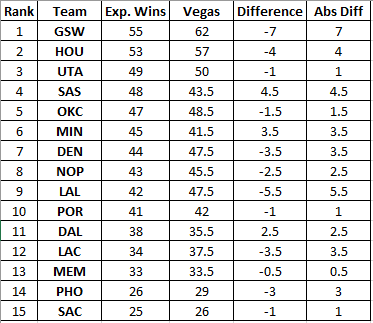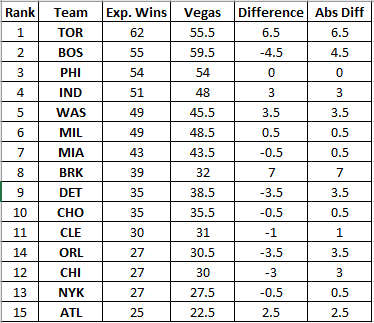One of my favorite hobbies, pickup basketball, is a great example of a key libertarian concept: spontaneous order. While it is of a much smaller scale than the market economy, it shows how rules and norms evolve to peacefully resolve conflict without an authority figure.
Growing up, I played pickup basketball with my friends. You could resolve a dispute by running home to a parent, but this was an unpopular move especially as we got older. Since we all knew each other, it was relatively easy to coordinate our behavior. We also had repeated interactions so one unethical action could have long-standing effects.
When I went to Michigan State University, my roommate introduced me to the active pickup basketball scene on campus. I could go to the main recreation center and find a game to play at any time. There would be up to around 100 guys (and sometimes girls) looking to play on the 6 courts in the building.
While I never saw an official authority figure around, everyone seemed to know the rules.
You may be thinking, it’s just basketball, what disputes are there to resolve? Don’t you all know the rules of basketball?
Well, here are a few questions you need to settle for pickup basketball. How long do games last? How are teams picked? How are fouls determined?
At MSU, the first game of a session would last until a team had 15 points and repeated games would be to 13 (I have no idea where this rule came from, but everyone seemed to know it). Generally the winning team would have to win by 2 points, although on crowded days you might agree beforehand to forgo this requirement.
Picking teams generally went as follows: Everyone takes a three-point shot and the first two to succeed are captains. They then take turns picking players. After that, someone calls “next”. This means they are the captain of a team to challenge the winning team. If he has picked four teammates but someone else also wants to play, they get “next after”, which means captaining the next team to challenge the court’s winning team.
Now for the hard part, how to fairly determine foul calls without a neutral referee. The offense calls fouls, but there are no free throws; the offense just gets another possession. Also, the instant a foul is called the ball is dead. If the ball goes in the basket, the offense gets another possession but misses out on the sure points. You can’t have your cake and eat it too.
For unusually controversial disputes, you “shoot for it”. The person making a claim (for example, that the opposing player went out of bounds) takes a three-point shot. If it goes in, they win the argument; if they miss, they lose the argument.
I find these solutions interesting because they are examples of how through spontaneous order, strangers can solve problems without a central authority. We didn’t need a president or voting process. These solutions evolved through trial and error and they did a pretty good job of allowing people who didn’t know each other to play basketball.

